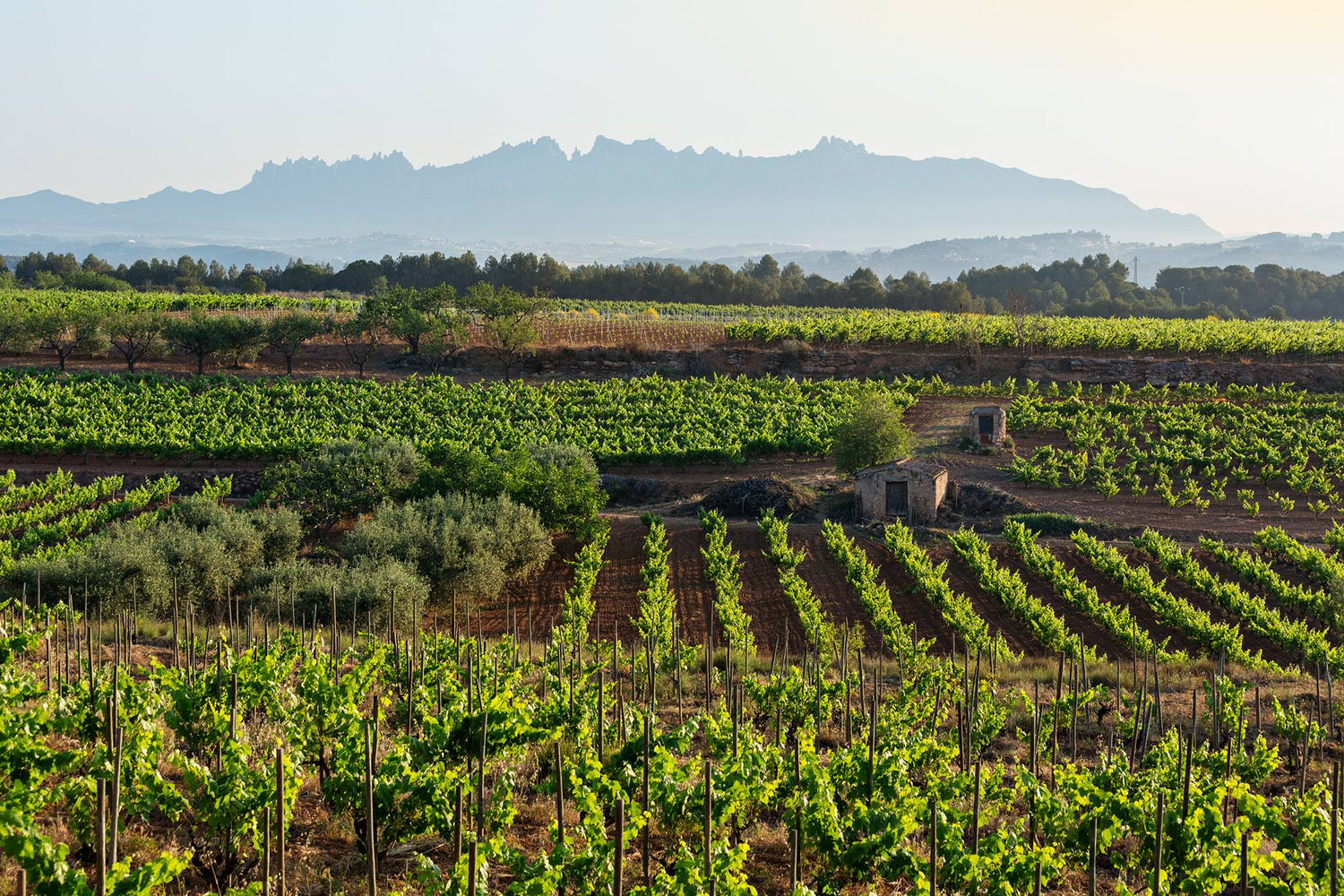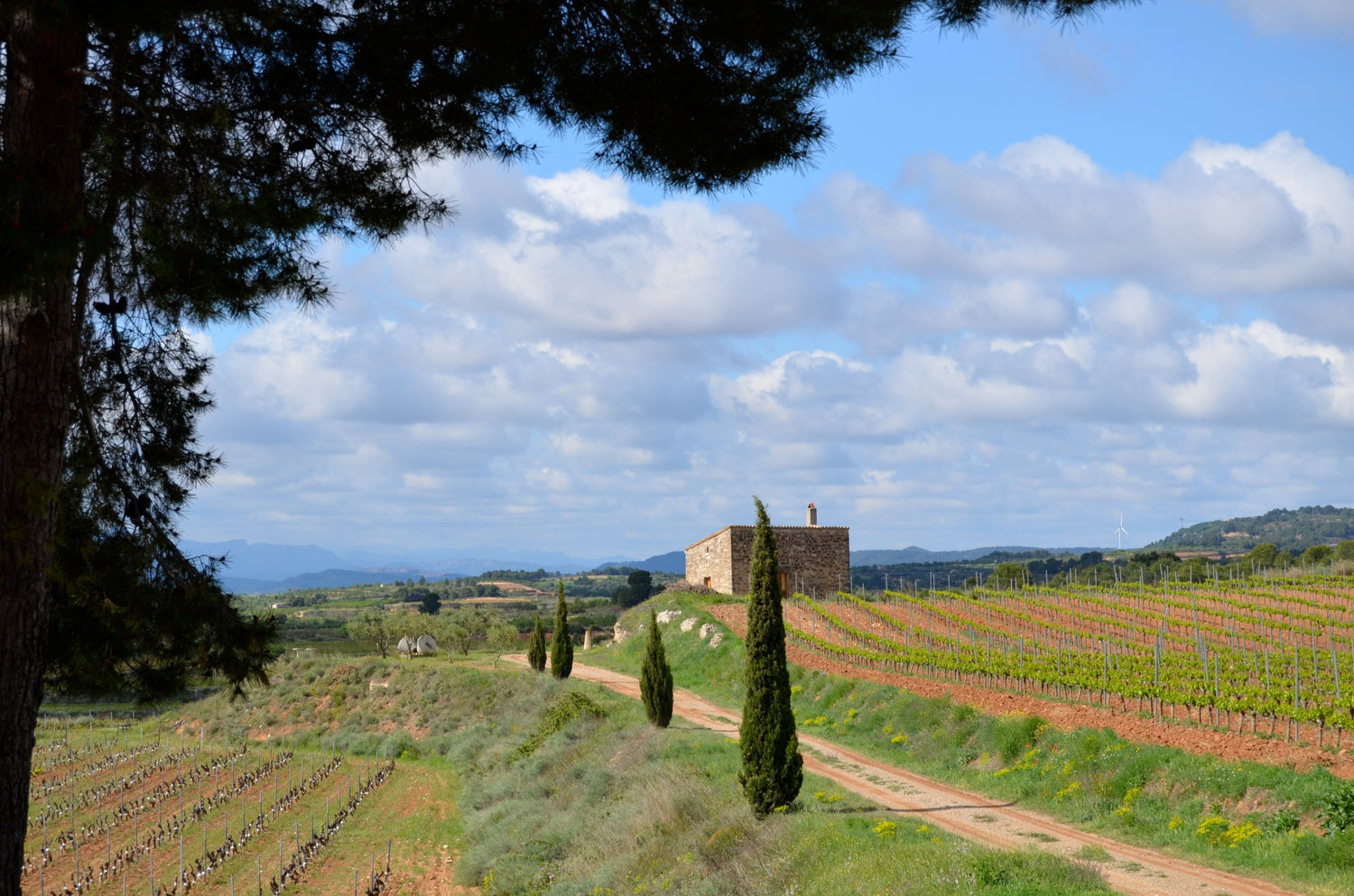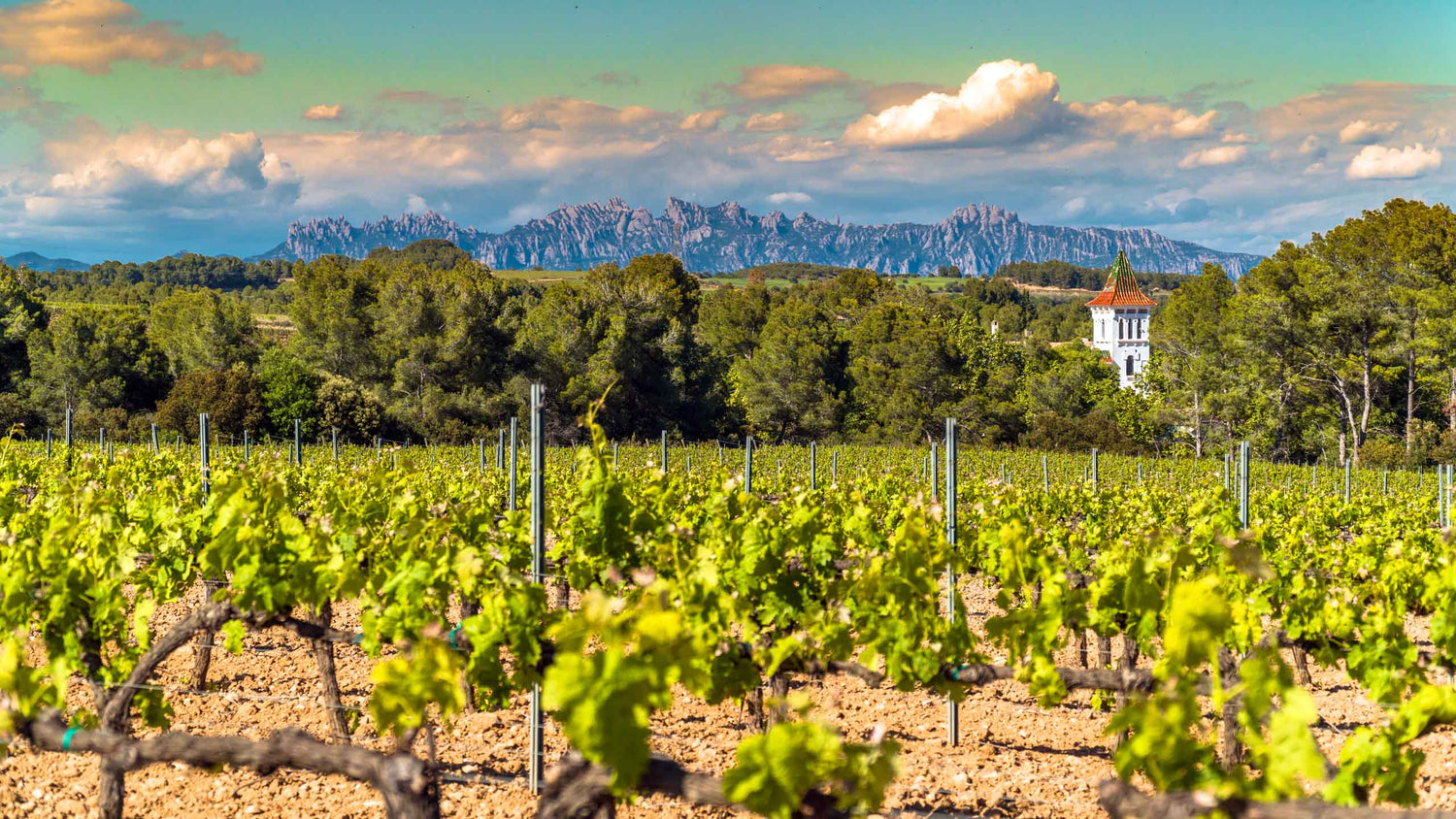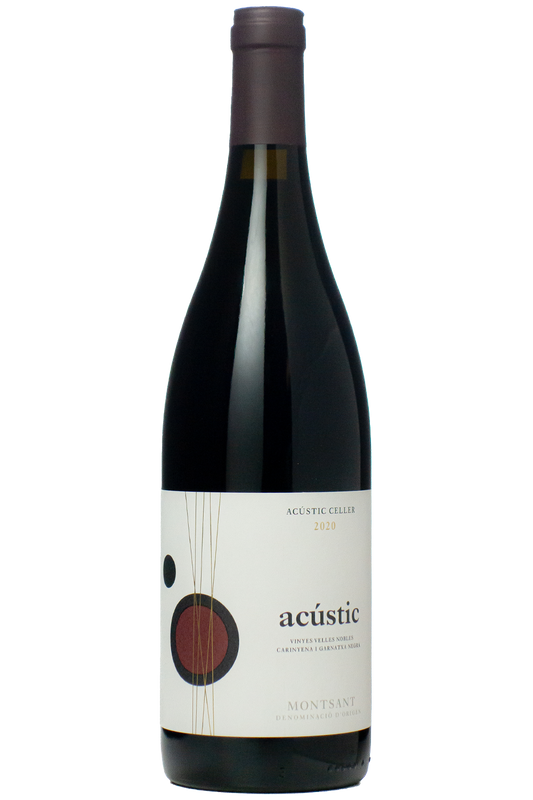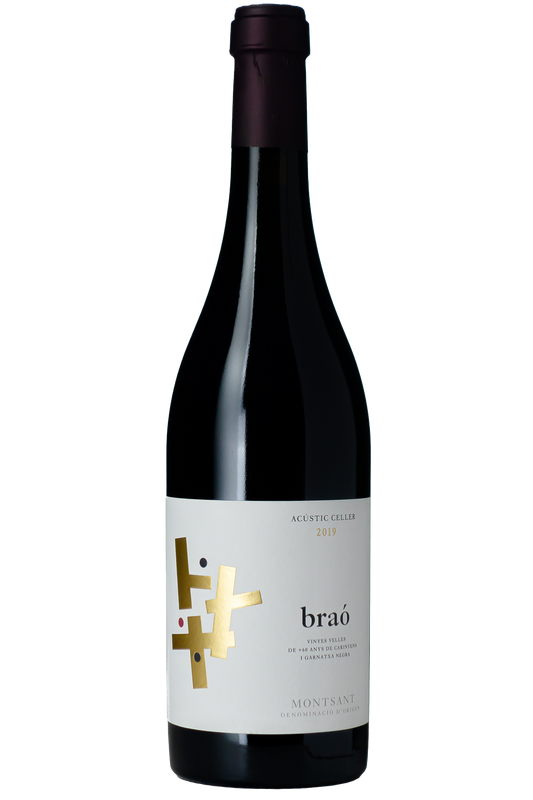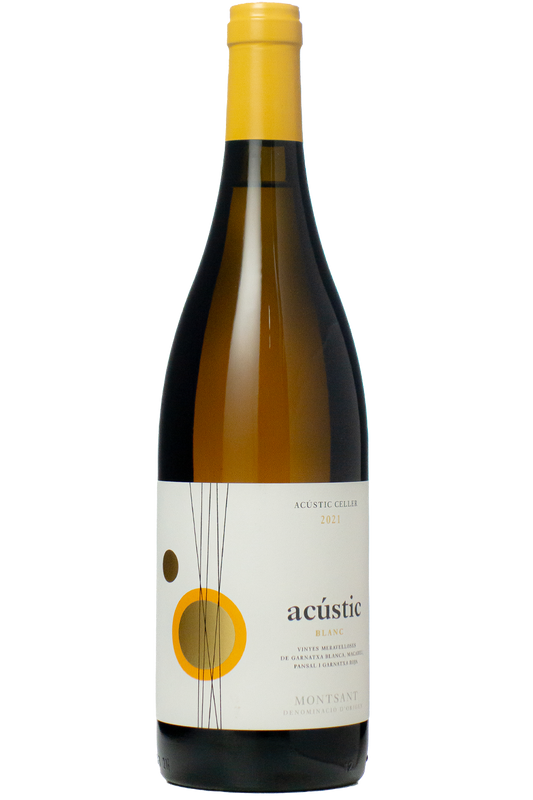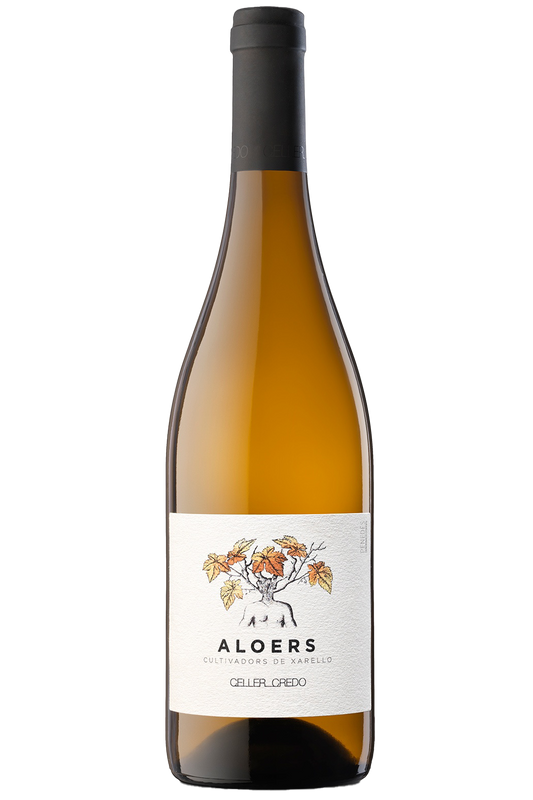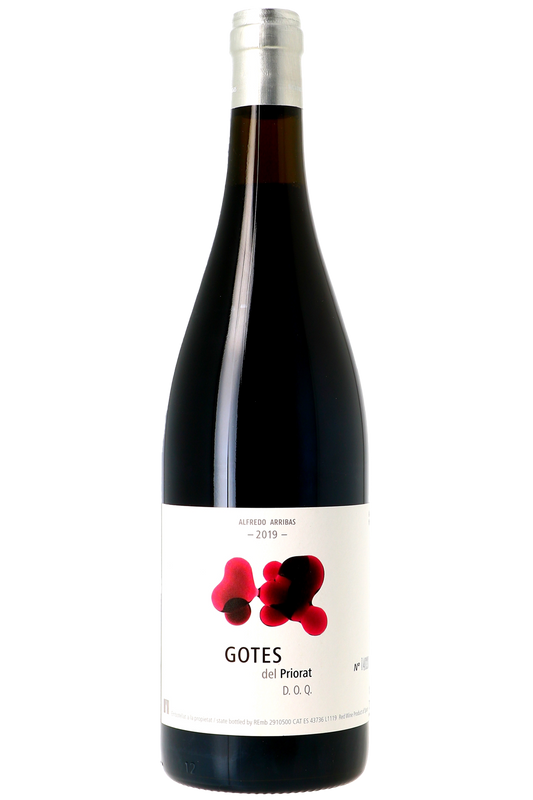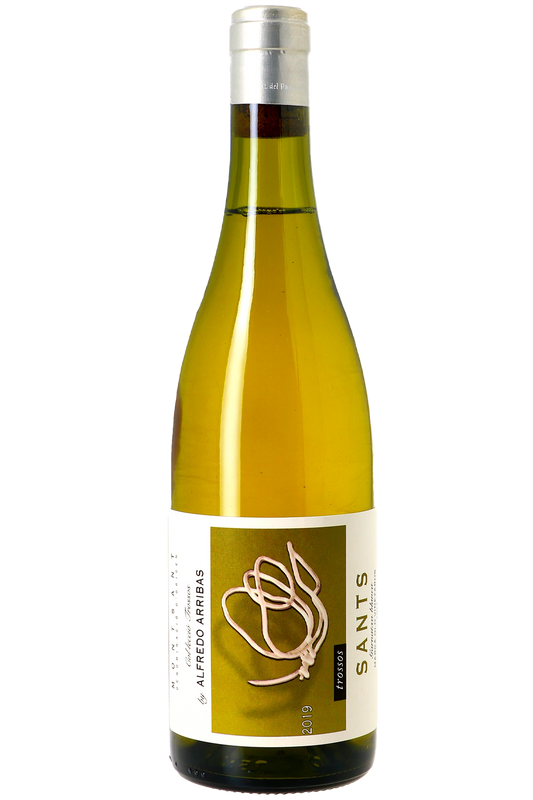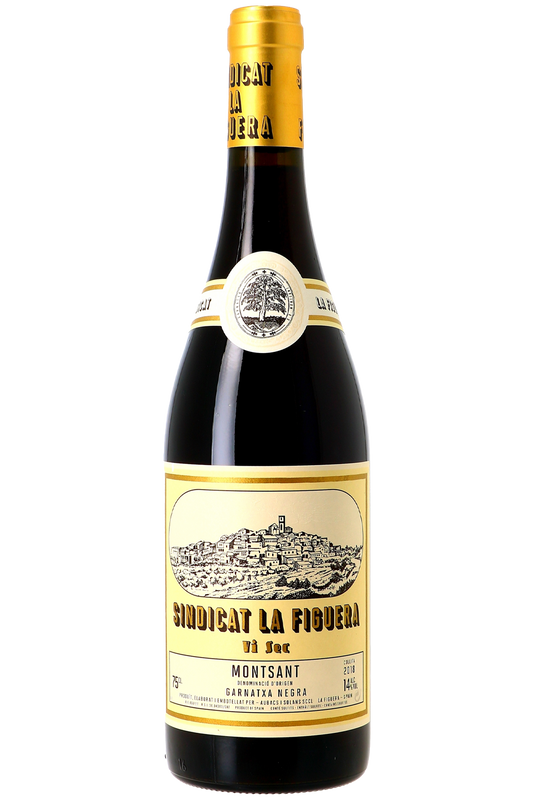Some sixty kilometers from Barcelona, this strange mountain range has given its name to the town of Montserrat (meaning "sawtooth"). A land of legends, including that of the quest for the Holy Grail, the mountain is said to have been carved by angels armed with a golden saw. But it's also a hotspot for ufologists, and on the night between the 11th and 12th of every month, down below the monastery overlooking the town, people wait patiently for UFOs to land. Catalonia indeed is a land of character, shaped by a deeply rooted socio-political history of invasions and independence struggles, and nourished by a multi-faceted imaginary that mirrors the mosaic of landscapes and lands that blend together there.
Catalonia retains many traces of its rich history. First, in terms of knowledge and know-how: the Muslim conquest of the Iberian Peninsula introduced the copper still and distillation methods; the expansion of viticulture and the introduction of new practices came from the monastic orders, for whom wine was indispensable for mass celebration. But these traces are also tangible, engraved in stone: the Museum of Vine Culture in Vilafranca del Penedès is housed in a 12th-century Gothic palace; the archaeological ruins of Empúries tell of the introduction of wine by the Greeks in the 6th century BC; the wine cellars in the Tàrraco area were used by the Romans two millennia ago; the Escaladei Carthusian abbey and the monasteries scattered around the region illustrate the expansion of vineyards in the Middle Ages; the dry-stone huts testify to the skills of ancient winegrowers, and the modern "wine cathedrals" tell us about the resurgence of peasantry after the phylloxera epidemic.
Although vineyards are mainly concentrated in the provinces of Barcelona and Tarragona, which together account for 84% of the region's vineyards, the diversity of terroirs is illustrated by the fact that Catalonia boasts twelve denominations of origin (and 300 wine cellars open to tourists). Recognition of the quality of the terroir was established in a 1932 statute. However, DO regulations were not published until 1954, due to the turmoil of the Spanish Civil War. They take into account grape varieties, winemaking techniques and the specific characteristics of the land, all of which coexist in a coherent space where, from one village to the next, from one hill to the next, wines have different consonances. Some AOCs are located in mountainous areas, where the vines are planted on terraces, as in the case of Priorat, which means "priory" in reference to the Carthusian monks who founded this vineyard on the schist hills of south-west Catalonia. Others are located on the plains, such as AOC Penedès, which stretches between Barcelona and Tarragona in a contrasting landscape, from seaside vineyards to flat fields and rolling hillsides. Others, like Montsant - named after the adjacent mountain - are mixed with other plantations such as almonds and olives, and their demarcation is not always clear-cut. Indeed, until 2001, the Montsant DOC area was considered a sub-area of Priorat.
Our wines from this terroir
Subscribe and instantly receive a 10€ discount code for your first order
Get 5% discount starting 6 bottles purchased
Free shipping in metropolitan France and to certain European countries starting 300€ of purchase
